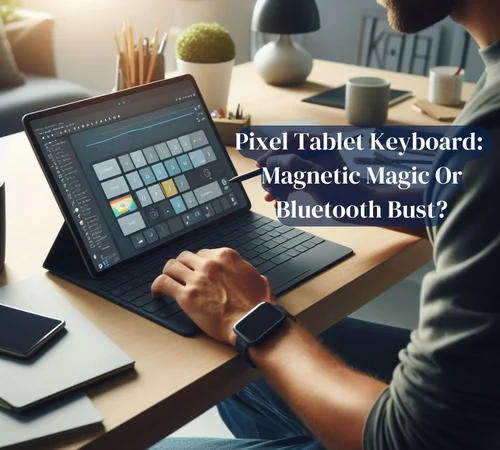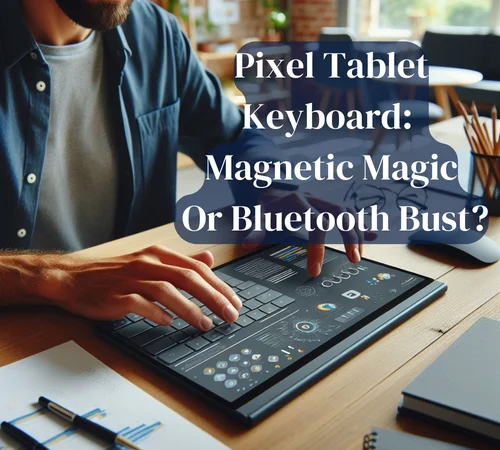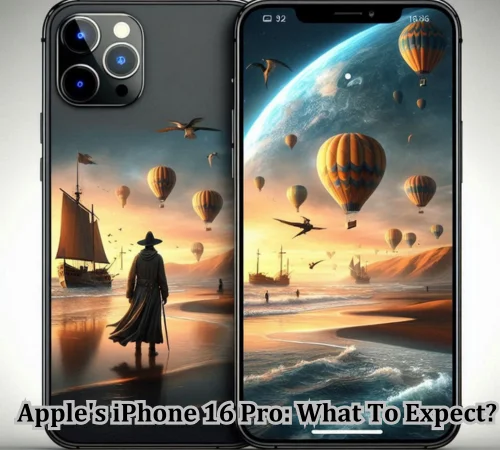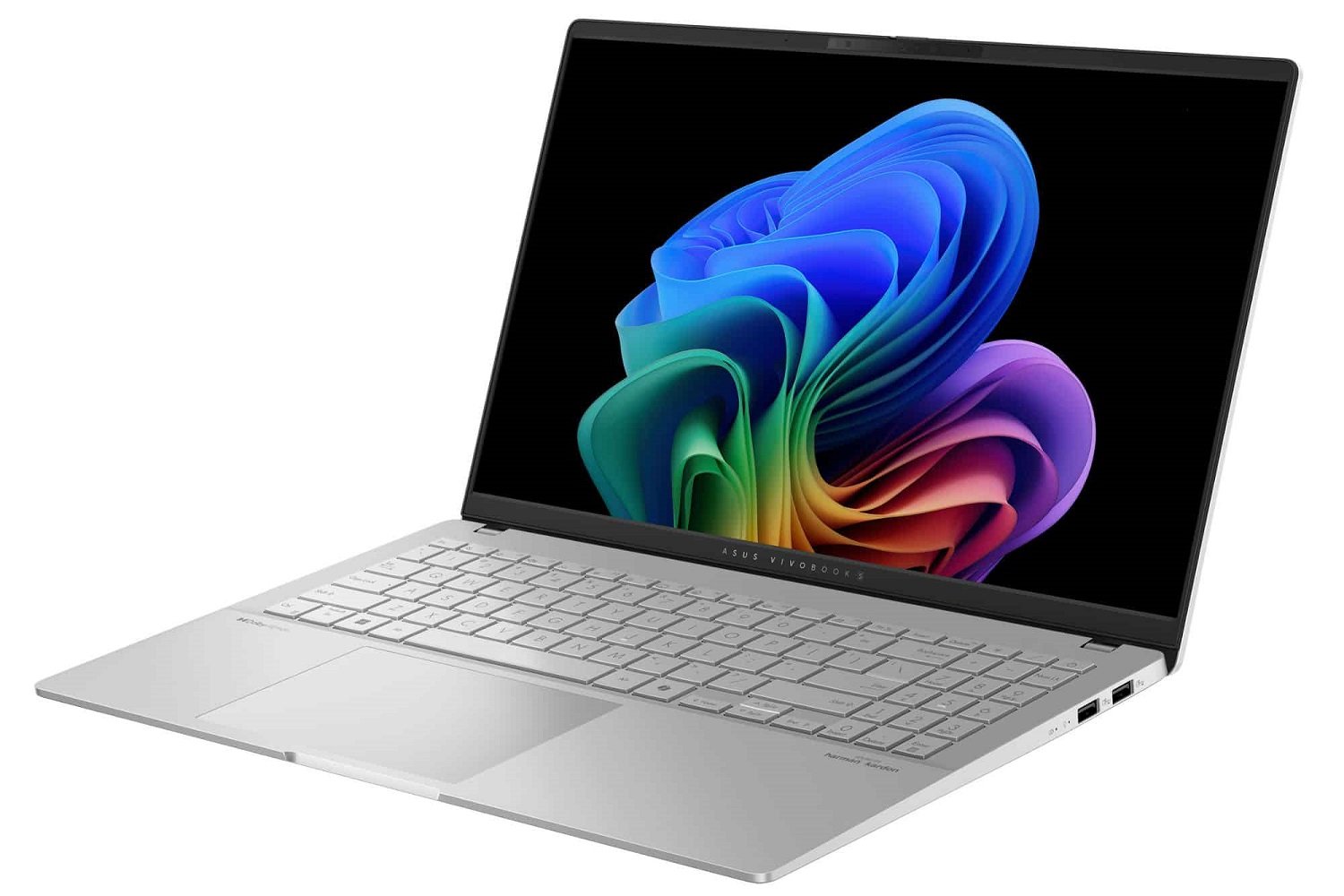Pixel Tablet: Can it recapture the magic of the Pixel C keyboard?

The tech world is abuzz with the upcoming release of the Tablet and its long-awaited official keyboard. Google’s return to the Android tablet space has many excited, particularly those who remember the revolutionary Pixel C keyboard.
For those unfamiliar, the Pixel C keyboard was a marvel of engineering. It is magnetically attached to the tablet, transforming it into a productive laptop alternative. Beyond the secure hold, the keyboard boasted an integrated kickstand for comfortable viewing angles and, most impressively, wireless charging for the keyboard itself whenever connected to the tablet. These features, back in 2015, set a high bar for tablet keyboards.
However, rumors suggest the Pixel Tablet keyboard might take a different approach, relying on Bluetooth connectivity instead of the Pixel C’s innovative magnetic solution. This shift has some Pixel C fans concerned. can the Pixel Tablet keyboard possibly live up to its predecessor’s legacy?
This deep dive will explore both keyboards in detail. We’ll delve into their features, user experience, and potential shortcomings to see if the Pixel Tablet keyboard can recapture the magic of the Pixel C. By the end, you’ll have a clear picture of what to expect from Google’s latest offering and whether it can truly reignite the excitement surrounding Pixel C’s keyboard revolution.
A Legacy of Innovation: The Pixel C Keyboard
In 2015, Google launched the Pixel C tablet, hoping to carve a niche in the Android tablet market. However, the landscape back then was far from ideal. Android on large screens still faced challenges, struggling to offer a truly laptop-like experience. It was against this backdrop that the Pixel C keyboard emerged, a beacon of innovation that threatened to redefine what a tablet keyboard could be.

The Pixel C keyboard’s brilliance lies in its simplicity and user-centric design. The cornerstone of this design was the strong magnetic connection between the keyboard and tablet. This wasn’t just any magnet; it provided a secure and satisfying snap when attaching, ensuring the tablet wouldn’t come loose unintentionally during use. More importantly, the magnets eliminated the need for fiddly clasps or connectors, making the transformation from tablet to laptop effortless.
But the magic didn’t stop there. The keyboard also boasted a cleverly integrated kickstand. This allowed users to prop the tablet up at a variety of angles, perfect for tasks like typing, watching videos, or gaming. Whether you were hunched over at a desk or lounging on the couch, the kickstand ensured a comfortable viewing experience for any situation.
When not in use, the keyboard transformed into a protective cover for the screen. Here again, the magnets played a crucial role. By simply folding the keyboard back, it would magnetically align with the tablet’s back, offering a seamless and secure shield against scratches and bumps. It was a clever solution that combined functionality with protection.
Perhaps the most groundbreaking feature, however, was the wireless charging technology. Traditional tablet keyboards often required separate charging, adding another cable to the mix. The Pixel C keyboard, however, eliminated this hassle entirely. Thanks to strategically placed wireless charging coils within the keyboard and tablet, the keyboard charged itself whenever connected. This ingenious design was a game-changer, offering a truly wire-free experience.
The Pixel C keyboard’s innovative approach has garnered widespread praise from tech reviewers. hailed it as “the best tablet keyboard ever”, highlighting its seamless integration and thoughtful design. Another reviewer echoed this sentiment, calling it a “revelation in wireless productivity.” With its user-friendly features and focus on convenience, the Pixel C Keyboard has set the bar high for the industry, leaving many wondering if Google could recapture that magic with the next Pixel Tablet Keyboard.
The Pixel Tablet and the Bluetooth Question Mark
The tech world recently witnessed the much-anticipated launch of the Pixel Tablet, accompanied by the announcement of an official keyboard accessory. This news sent waves of excitement through the community, particularly those who hold the Pixel C keyboard in high regard. However, a key detail has emerged that has some users scratching their heads – the Pixel Tablet keyboard is rumored to rely on Bluetooth connectivity, a stark contrast to the Pixel C’s innovative magnetic solution.
This shift to Bluetooth has sparked concerns about potential latency issues. Latency refers to the time delay between pressing a key and the corresponding character appearing on the screen. While most users might not notice a slight delay for casual typing, for fast typists or those heavily reliant on productivity tasks, even a minor lag can be disruptive and frustrating.
So, what’s the difference between a physical connection like the Pixel C’s magnets and Bluetooth? A physical connection offers a near-instantaneous response as the keystroke is registered directly by the tablet. Bluetooth, on the other hand, introduces an additional step. The keystroke information needs to be transmitted wirelessly to the tablet, processed, and then displayed. While advancements in Bluetooth technology have minimized latency, it can still be noticeable compared to a direct connection.
Benefits and drawbacks:
Here’s a table summarizing the key benefits and drawbacks of wired vs. Bluetooth keyboard connections:
| Feature | Wired Connection | Bluetooth Connection |
| Latency | Minimal to none | Can introduce slight lag |
| Reliability | Highly reliable | Potentially susceptible to interference |
| Setup | Plug and play | Requires pairing |
| Charging | Not applicable | Requires separate charging or integrated battery |
The potential for a slight lag with Bluetooth can significantly impact the typing experience, especially for users accustomed to the responsiveness of a physical connection. Fast typists might find themselves encountering missed keystrokes or frustrating delays, hindering their workflow.
While details are still emerging, it’s important to see if Google has implemented any optimizations to minimize latency in the Pixel Tablet’s Bluetooth keyboard. Perhaps they’ve employed specific Bluetooth protocols or hardware enhancements to address this concern. Looking at Google press releases or reliable tech news sources might shed light on this aspect.
Beyond Latency: Other Considerations
The potential for latency isn’t the only factor to consider when comparing the Pixel C and Pixel Tablet keyboards. Here are some additional aspects that can influence user experience:
- Magnetic Attachment: News surrounding the Pixel Tablet keyboard remains somewhat shrouded, but a key question lingers: will it offer a magnetic attachment similar to the Pixel C? The magnetic connection on the Pixel C wasn’t just about convenience; it also ensured a secure and stable hold. Without this magnetic functionality, the Pixel Tablet keyboard might rely on a case or folio system for attachment, potentially impacting portability and ease of use.
- Kickstand Functionality: The Pixel C’s integrated kickstand was a game-changer, offering versatile viewing angles. Information regarding the Pixel Tablet keyboard’s kickstand functionality is scarce. Its absence would be a significant omission, limiting users to propped-up positions or requiring them to purchase a separate stand.
- Battery Life and Charging: The Pixel C’s wireless charging was a stroke of brilliance, eliminating the need for separate cables. Details on the Pixel Tablet keyboard’s charging method are yet to be revealed. While Bluetooth keyboards often have built-in batteries, frequent charging can be a hassle. The convenience of wireless charging offered by the Pixel C is a feature many users might miss.
- Design and Aesthetics: Both keyboards should ideally complement the design language of their respective tablets. The Pixel C keyboard’s clean lines and minimalist aesthetic seamlessly matched the tablet. Whether the Pixel Tablet keyboard carries on this design philosophy or adopts a new approach remains to be seen.
User Choice and the Future
Our deep dive has explored the strengths and weaknesses of both the Pixel C and Pixel Tablet keyboards. The Pixel C’s magnetic connection, integrated kickstand, and ingenious wireless charging offered a level of convenience and functionality that set it apart. However, the Pixel Tablet keyboard’s reliance on Bluetooth raises concerns about potential latency issues, which could hinder productivity workflows.
Ultimately, the choice between these keyboards boils down to individual needs and preferences. For users who prioritize low latency and a seamless typing experience, the Pixel C’s physical connection might be the clear winner. However, if convenience and portability are paramount, a Bluetooth keyboard like the rumored Pixel Tablet keyboard might be a more suitable option, especially if latency is minimal.
The landscape of wireless technology is constantly evolving. Advancements in Bluetooth protocols and hardware design have the potential to further minimize latency in future iterations of the Pixel Tablet keyboard. Perhaps Google will address these concerns and deliver a Bluetooth experience that rivals the responsiveness of a physical connection.
Can the Pixel Tablet recapture the magic of the Pixel C keyboard? Only time will tell. While the Pixel C established a high bar for functionality and innovation, the Pixel Tablet keyboard could carve its own path with a focus on portability and a potentially improved Bluetooth experience. The key lies in Google’s ability to optimize the Bluetooth connection and deliver a keyboard that prioritizes user needs, whether it’s low latency for productivity or convenient portability for casual use. With the right approach, the Pixel Tablet keyboard has the potential to be a compelling option in the ever-growing tablet accessory market.
Pixel Tablet Keyboard: FAQs
Here are some frequently asked questions (FAQs) regarding the Pixel Tablet keyboard and its comparison to the Pixel C keyboard:
1. Does the Pixel Tablet keyboard use Bluetooth or a physical connection?
Rumors suggest the Pixel Tablet keyboard relies on Bluetooth for connectivity, unlike the Pixel C’s magnetic connection.
2. Will the Bluetooth connection cause lag during typing?
There’s a possibility of slight latency with Bluetooth compared to a physical connection. This might be an issue for fast typists or those prioritizing productivity.
3. Does the Pixel Tablet keyboard have a kickstand like the Pixel C?
Information on the Pixel Tablet keyboard’s kickstand functionality is currently unavailable. Its absence would limit viewing angles.
4. How does the charging method differ between the two keyboards?
The Pixel C keyboard offered wireless charging through the tablet. Details on the Pixel Tablet keyboard’s charging method (wired/wireless) are yet to be revealed.
5. Which keyboard is better, the Pixel C or Pixel Tablet?
The choice depends on your needs. The Pixel C offers lower latency with its physical connection, while the Pixel Tablet keyboard might prioritize portability with Bluetooth.
6. Can the Pixel Tablet keyboard recapture the magic of the Pixel C keyboard?
It’s too early to say. The Pixel C set a high bar, but the Pixel Tablet keyboard could excel in portability and potentially address latency concerns.


